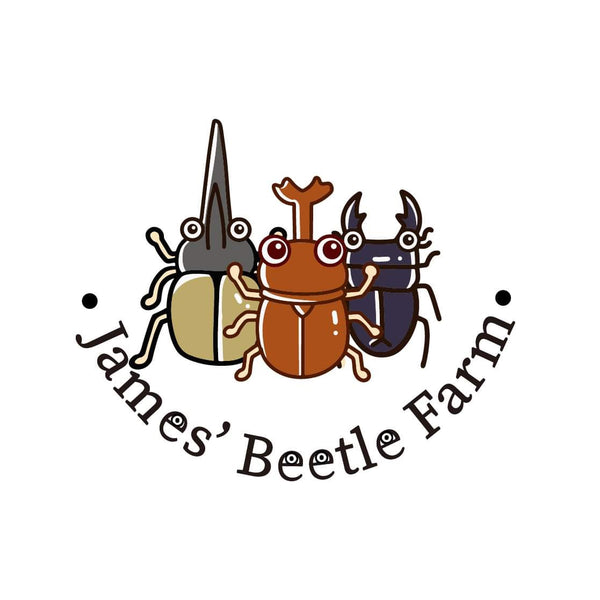1
/
of
0
James' Beetle Farm
Propomacrus bimucronatus
Propomacrus bimucronatus
Regular price
$0.00 USD
Regular price
Sale price
$0.00 USD
Unit price
/
per
Shipping calculated at checkout.
Couldn't load pickup availability
Species Summary:
Adult lifespan: 2-3 months
Pupa period: 1 month.
Larva period: 2 years.
Breeding difficulty: 5/10
Species Info:
The Turkey Longarm Scarab, scientifically known as Propomacrus bimucronatus, is an intriguing beetle species native to Turkey. Characterized by its distinctive features and moderate size, this scarab beetle species holds a unique place in its native ecosystems.
Measuring between 40 to 50 millimeters in length, the Turkey Longarm Scarab presents a moderate size among its beetle counterparts. Despite its relatively smaller stature, this beetle species captivates observers with its unique appearance and behavior.
Found in various habitats throughout Turkey, including forests, grasslands, and agricultural areas, the Turkey Longarm Scarab plays a role in the local ecosystem's dynamics. As with many scarab beetles, it contributes to nutrient recycling processes by feeding on decaying organic matter and aiding in the decomposition of organic materials.
One of the most distinctive features of Propomacrus bimucronatus is its long forearms, which give rise to its common name. These elongated appendages, adorned with spikes, are characteristic of the species and play a role in intraspecific combat and mating displays.
The coloration of the Turkey Longarm Scarab can vary, often featuring hues of brown, black, or metallic shades. This variation in color adds to the beetle's visual appeal and makes it a fascinating subject for observation and study.
In captivity, providing a suitable habitat for the Turkey Longarm Scarab is essential for its well-being. This includes ample space for movement, appropriate substrate for burrowing and egg-laying, and a varied diet to meet its nutritional needs.
Observing and caring for Turkey Longarm Scarabs can be a rewarding experience, allowing enthusiasts to appreciate the wonders of nature up close. With its distinctive features, including its long forearms and unique coloration, this beetle species continues to intrigue and captivate the imagination of insect enthusiasts worldwide, earning its place as a cherished member of the scarab beetle family.
